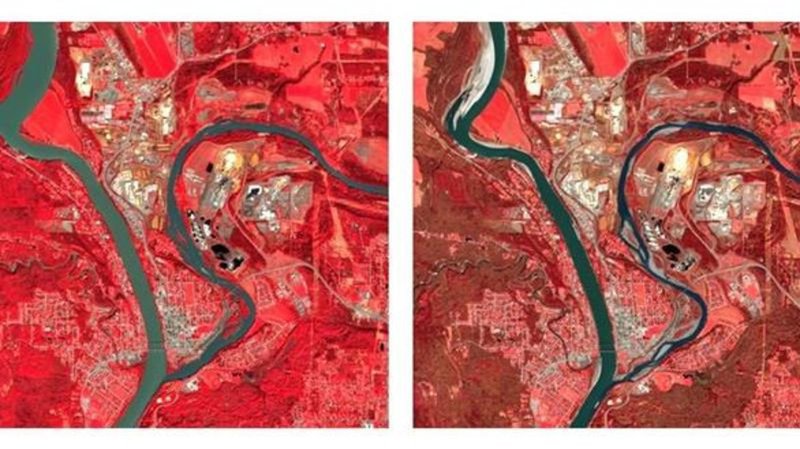
Rivers recede as B.C. faces prospect of ‘unfamiliar territory’ for drought
Parts of British Columbia will likely enter “unfamiliar territory” with drought if they see another hot, dry summer, says the head of the province’s River Forecast Centre.
Dave Campbell says persistent drought conditions in B.C. stretch back to 2022, so the province is heading into this summer with “multi-year” precipitation deficits.
Satellite photos show rivers across the province running narrower and shallower than the same time in 2023, which went on to be one of B.C.’s driest years on record.
With average snowpack levels lower than ever recorded in B.C. this past winter, Campbell says he’s expecting cumulative effects that could include water scarcity and other challenges.


